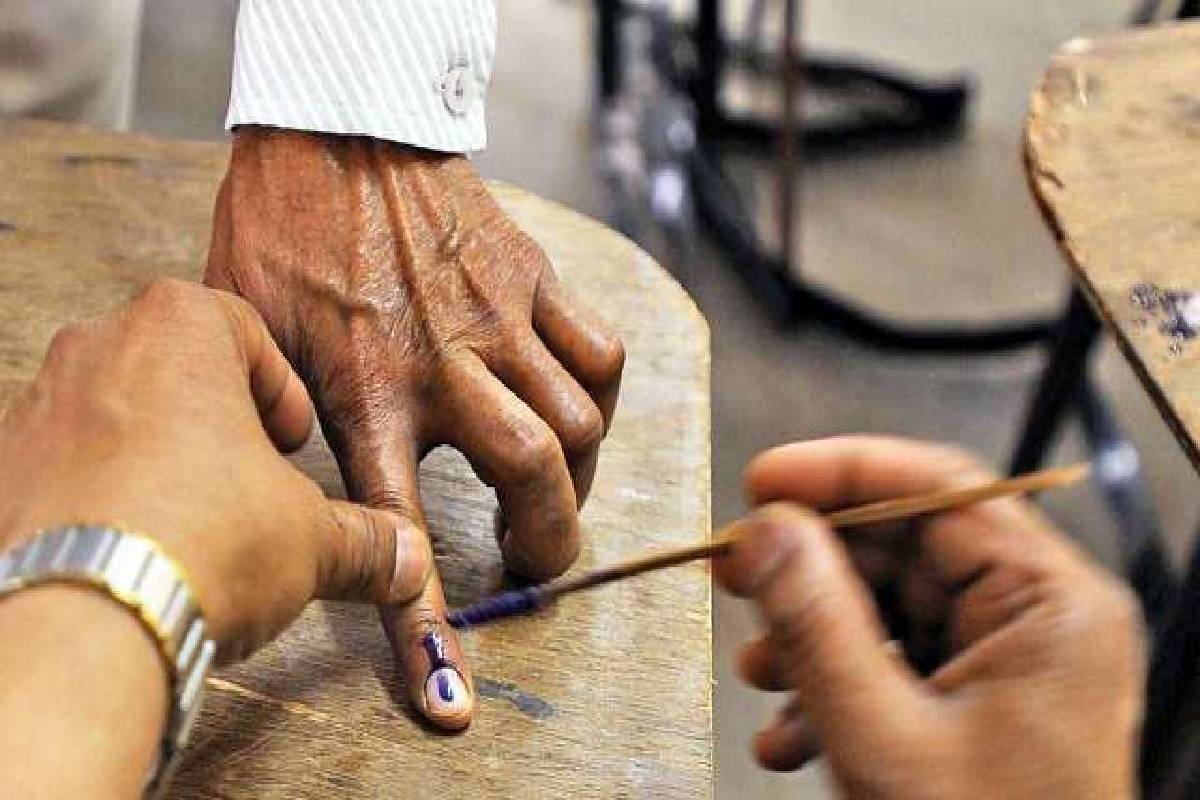Voting has started in Nepal to elect new House of Representatives (HoR) and Provincial Assemblies as the Himalayan nation holds its periodic general election in search of stability.
The second general election for federal and provincial parliament needed to be held every 5 years since the promulgation of the constitution in 2015 and is expected to end the political deadlock in the Himalayan nation which it had longed for ages.
Advertisement
Thousands of eligible voters have queued outside the nearby polling centres to exercise their franchise braving the chilling cold. The polls opened at 7 AM (local time) and will close at 5 PM (local time).
The Election Commission has set up 22 thousand 227 polling centres across the nation for its 18,879,570 eligible voters. For the smooth election, as many as 2, 45, 960 officials and security personnel have been deployed all across the country.
There are a total of 2, 412 candidates in the fray for first-past-the-post (FPTP) whereas 2, 199 candidates from Proportionate Representation (PR) are vying to enter the 275-seated House of Representatives. A total of 165 members are elected from the FPTP system whereas 110 will make their way from the PR system.
For the Provincial Assembly, there are 3, 224 candidates from FPTP and 3, 708 candidates from proportionate seats. There are a total of 550 seats in all 7 provincial assemblies of the Himalayan nation out of which members on 330 seats would be elected from FPTP and 220 through the PR system.
Issuing a release on the eve of the general election, Nepali President Bidya Devi Bhandari urged for enthusiastic participation during Sunday’s elections stating that voting is the highest exercise of civil rights.
President Bhandari urged the general public to participate enthusiastically in the elections to the House of Representatives and Provincial Assemblies to be held in a single phase across the country.
She expressed her belief that the democratic system and institutions will gradually become more responsive to the people through the general elections held in a fair, fearless, and free environment.
President Bhandari said that the elections would help establish the good governance and transparency that the people are looking for. She added that the national goals of peace, stability, and prosperity can be achieved through a healthy and strong democracy.
First held in 2017 in three phases, the Federal and Provincial Election of Nepal witnessed 68.7 percent voter turnover. The Communist Party of Nepal- Unified Marxist Leninist (CPN-UML) had secured near half-the-majority seats in the parliament.
Chairman of CPN-UML, KP Sharma Oli following the victory became Prime Minister after the three-tier election. Still, the government fell down before Oli could complete his 3 years in power.
The intra-party dispute led to the split of CPN-UML further leading the nation into a political crisis as Oli dissolved the parliament twice inviting a constitutional crisis.
The incumbent government under Prime Minister Sher Bahadur Deuba (Nepal Congress) which works as a caretaker government was formed with the support of the CPN-Maoist Center and CPN-Unified Socialist-the splinter party of CPN-UML.
Owing to Sunday’s election, the Nepali Congress, CPN-Maoist Center, CPN-Unified Socialist, and Loktantrik Samajbadi have forged an alliance while the opposition CPN-UML is contesting on a few fronts with Rashtriya Prajatantra Party and the Janata Samajbadi Party.
Soon after the counting of votes after Sunday’s election, Nepal would begin the process of electing a new Prime Minister. As per the practice, the chairman of the party or leader of the parliamentary committee would form a government after garnering 50 percent majority in the parliament.











